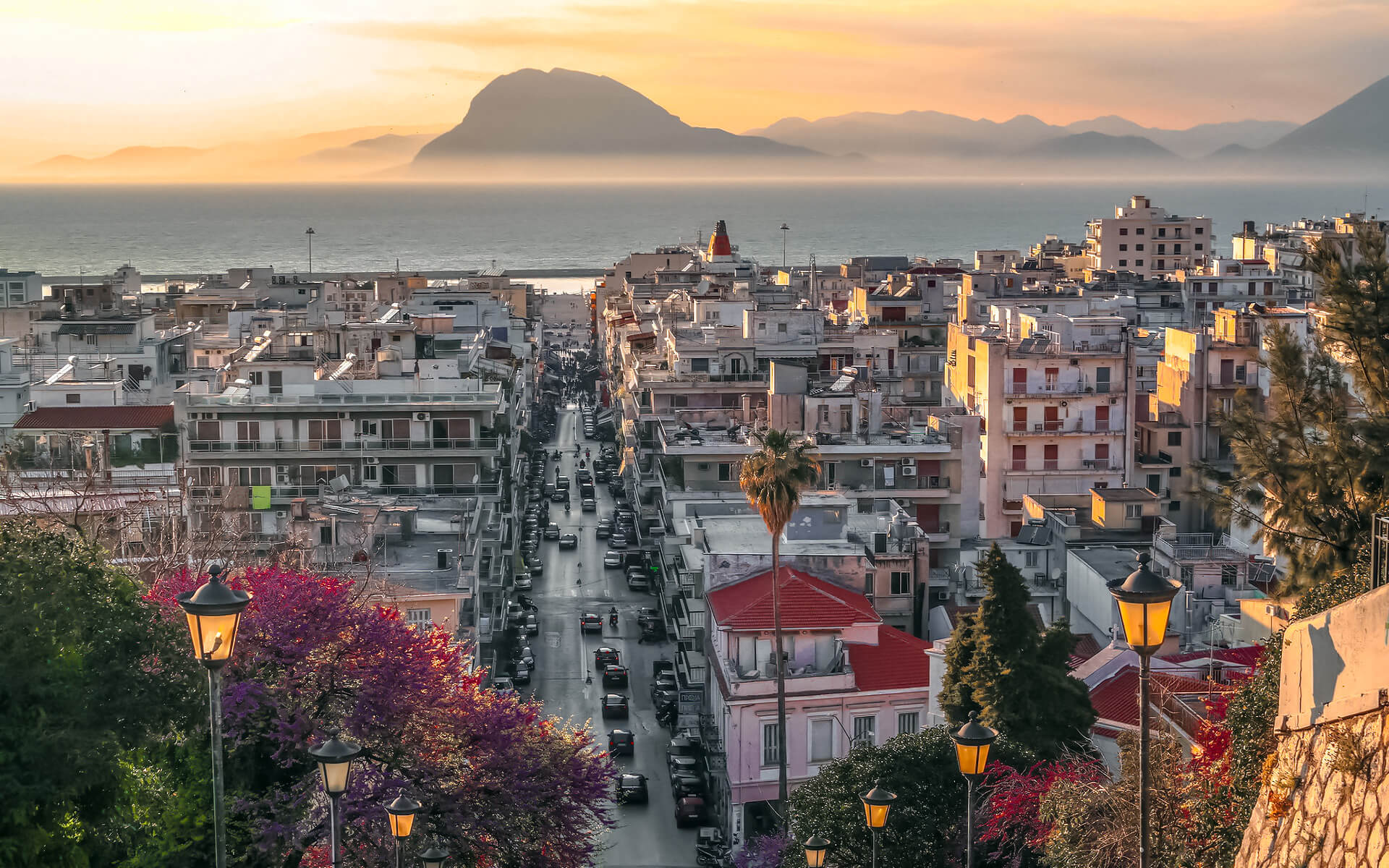Patras’ cultural events include the Patras International Festival (which includes a variety of creative activities, mostly in the disciplines of theater and music), the Patras Carnival, and the Poetry Symposium.
The city is home to a number of museums, including the Patras Archaeological Museum, the History and Ethnology Museum, the Folk Art Museum, the Press Museum, and the Technology Museum, which is located on the Patras University campus.
The Visual Arts Workshop, the Icon Painting School, the Carnival Float Workshop, the Municipal Library, the Municipal Gallery, and several private art galleries are among the other cultural establishments. The city’s architectural legacy is dominated by neoclassicism, although it also contains architecture from earlier eras. Patras is also a Council of Europe and EU Intercultural Cities pilot city.
The Patras Carnival (Patrino karnavali) is Greece’s largest festival of its type and one of Europe’s largest, having a 160-year history. The celebrations begin in January and continue through Clean Monday. The carnival includes a number of activities such as balls, parades, a children’s carnival, and creative initiatives. It reaches its pinnacle on the last weekend of Carnival, with the Saturday evening procession of carnival groups, the lavish Sunday march of floats and groups, and ultimately the customary burning of the Carnival King in the mole of Ayios Nikolaos street in Patras’ harbor. Its distinguishing characteristics include spontaneity, improvisation, inspiration, and volunteering.
The climate in Patras is Mediterranean. It has typical moderate, rainy winters and hot, dry summers, with good transitional seasons in spring and fall. Autumn in Patras, on the other hand, is wetter than spring.
Patras is located 215 kilometers (134 miles) west of Athens, 94 kilometers (58 miles) northeast of Pyrgos, 7 kilometers (4 miles) south of Rio, 134 kilometers (83 miles) west of Corinth, 77 kilometers (48 miles) northwest of Kalavryta, and 144 kilometers (89 miles) northwest of Tripoli.
Patras’ urban geography is divided between upper and lower portions, which is a significant element. The lower portion of the city (Kato Poli), which contains the 19th century urban centre and the port, is near to the sea and runs between the estuaries of the Glafkos and Haradros rivers. It was constructed on a bed of river sediments and dried-up marshes. The older upper part (Ano Poli) encompasses the territory of the pre-modern village, surrounding the Fortress, on Mount Panachaikon’s final height (1,926 m (6,319 ft)) before the Gulf of Patras.
The city’s economy is heavily reliant on a robust service industry. Retailing, logistics, banking, and public-sector services are among its primary economic activities. Patras had a significant deindustrialization crisis in the late 1980s and 1990s, with a number of important producing units closing down in quick succession. As a consequence, the authorities had to re-evaluate and reorganize a significant section of the city’s personnel, as well as the city’s whole economic strategy. The University of Patras helped to this aim by using its well-known service and technological areas. Some traditional winemaking and food industries, as well as a small agricultural sector, remain in the area.


